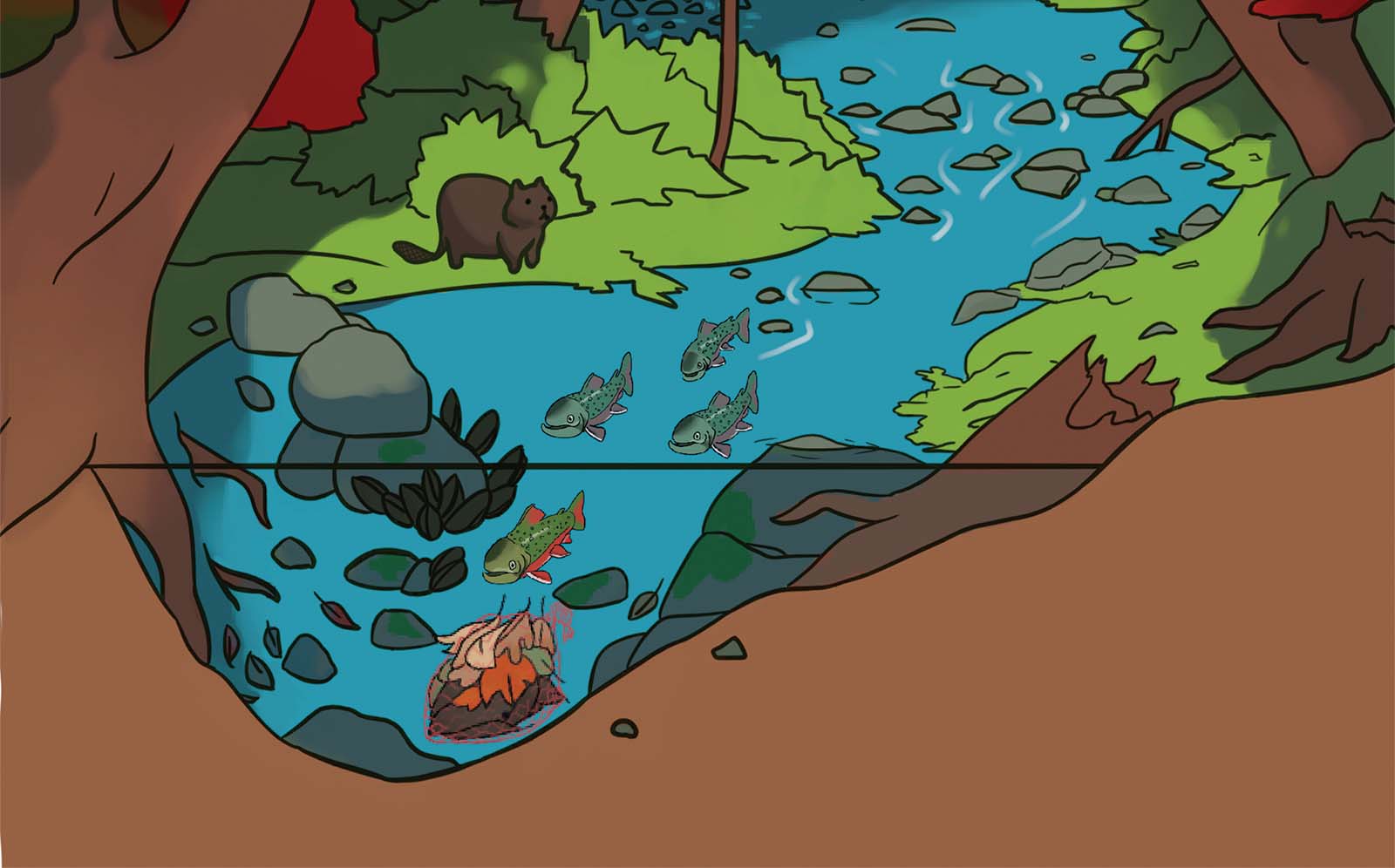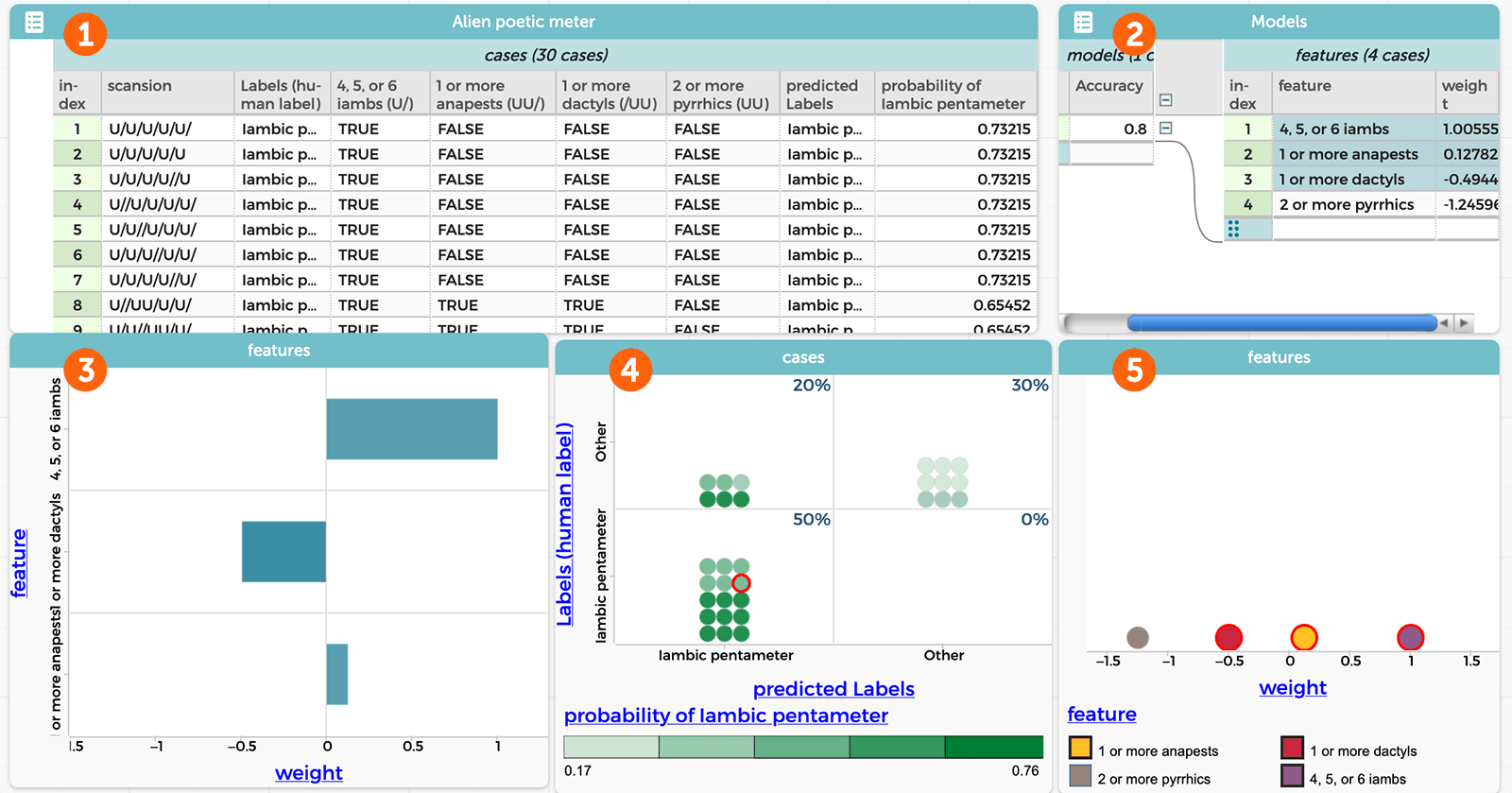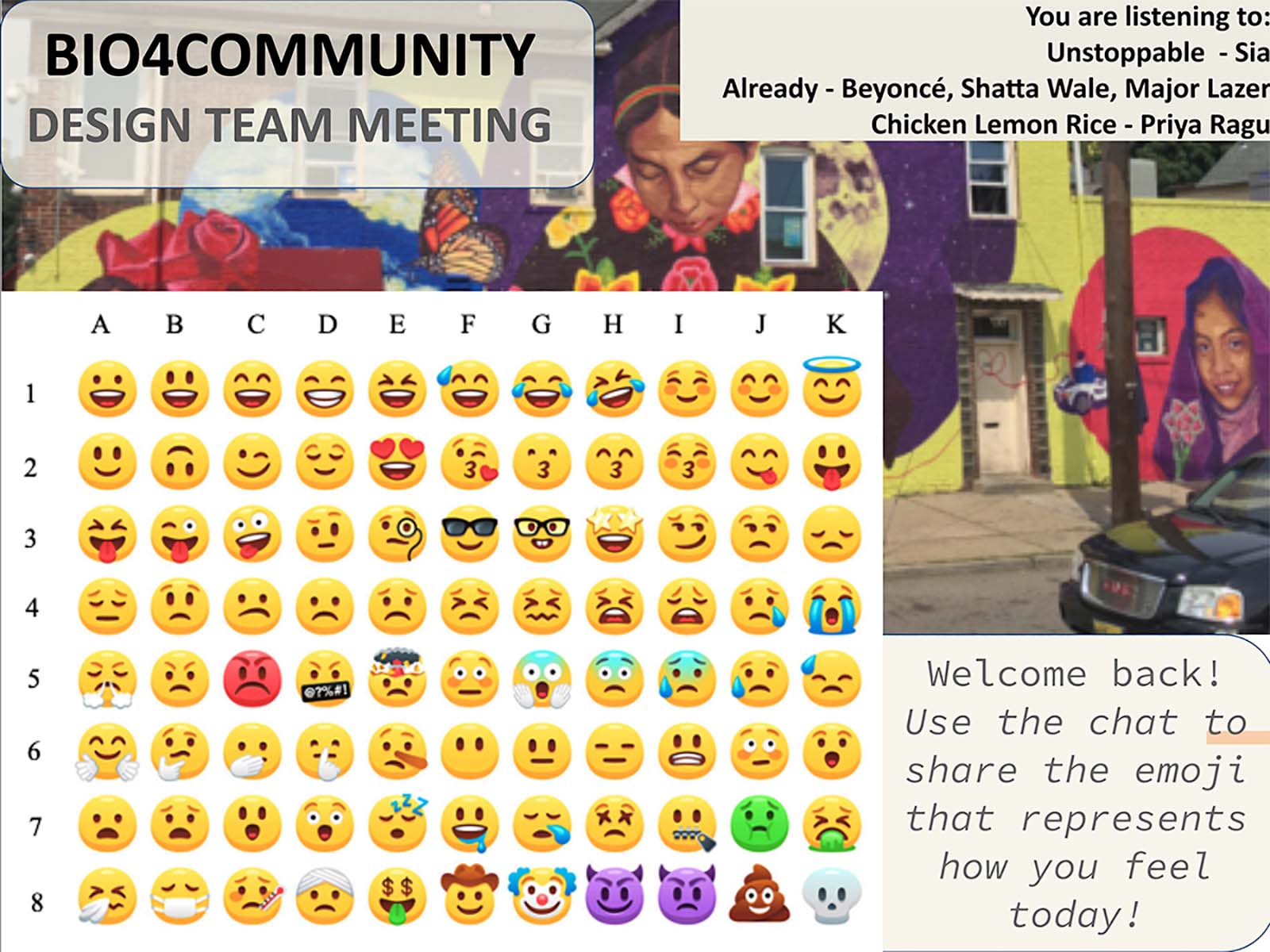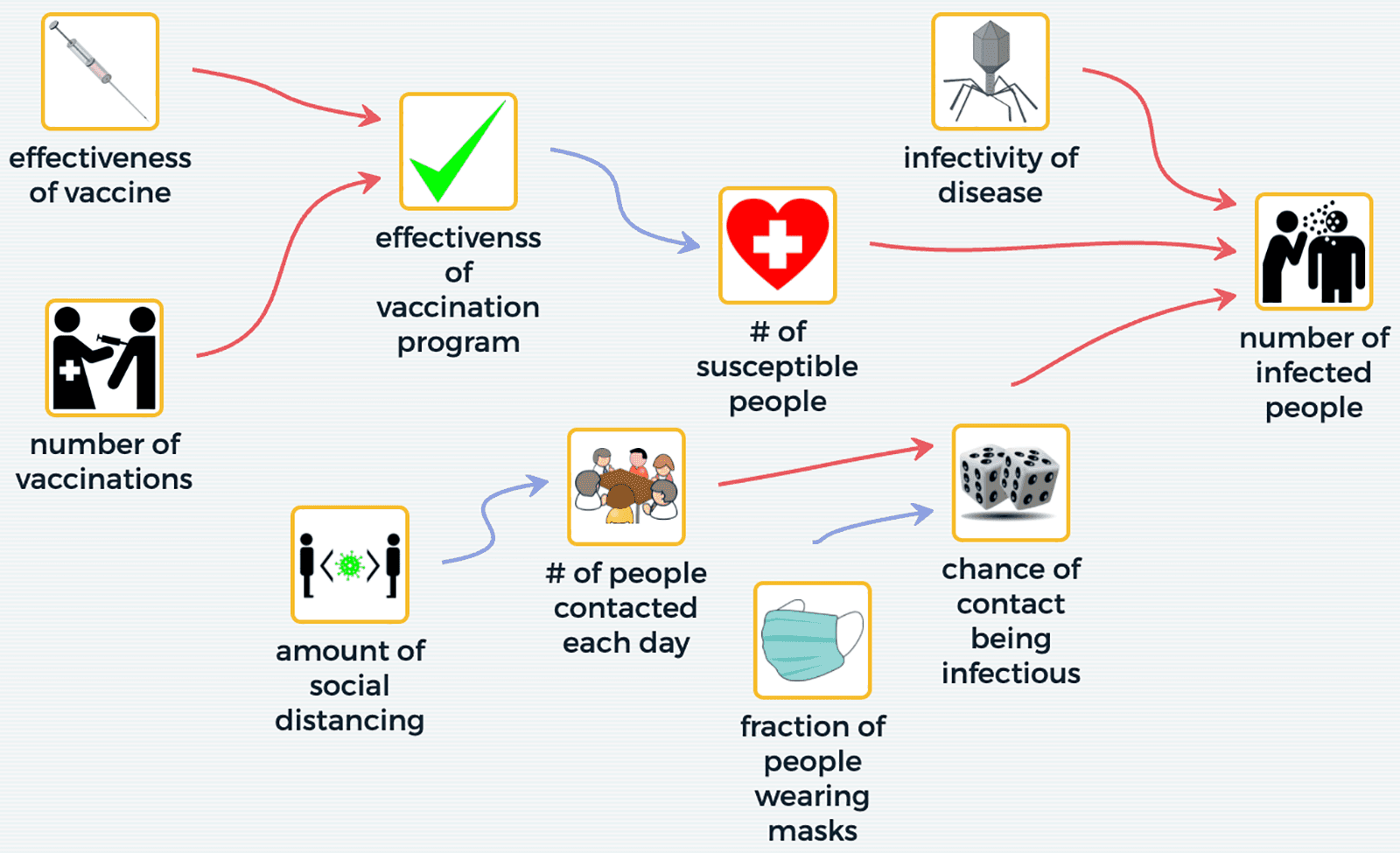Indicators of Data Fluency, Determine Stream Health, the Bardic Bot, and more in Fall @Concord
Perspective: Technology for Today's Innovators, and Tomorrow's
We are living in an exceptional new technological era. Yet looks can be deceiving. In fact, what most strongly defines our current age is not all the new technology we see arising, but all the technology we now take for granted. In a way no previous generation has experienced, the presence of digital technology is assumed in practically all aspects of our lives. Unfortunately, however, there is one singular, perilous exception—the way we structure and arrange teaching and learning.
Indicators of Data Fluency: What Am I Looking For?
Data is the new “it” thing of the 21st century. From guiding traffic flow to planting crops, informing health decisions, and shaping public policies about all manner of things from incarceration to employment, data is used in countless applications and industries. Every student needs to emerge from their K–12 education having extensive data experiences. Importantly, they should be able to do things with data—explore, visualize, find patterns, identify problems, investigate sources, think about the ethical use of data, and more. These are the hallmarks of data fluency.
Monday's Lesson: Determine Stream Health
Fresh water scientists use several factors to determine the health of a stream, including the chemical and physical qualities of the water as well as the number and types of organisms that live below the water’s surface. In this activity, you determine the health of a virtual stream by making observations about habitat, identifying and counting macroinvertebrates, and performing chemical tests.
The Bardic Bot: Integrating AI and ELA Education via Poetic Meter
From increasingly autonomous self-driving cars to climate change models, Artificial Intelligence (AI) has become a ubiquitous medium for understanding, explaining, and interacting with the world around us. However, opportunities to study AI at the pre-college level, if available at all, are limited to computer science classes. And yet many schools do not offer CS. This means that many students simply write off a future in AI because they aren’t “math people” or don’t think they can learn how to code. Our Narrative Modeling with StoryQ project aims to integrate AI into existing disciplinary studies such as English Language Arts (ELA) in order to prepare youth for the future.
Partnering with Seventh Graders to Design a Community-based Life Science Curriculum Unit
Reform efforts in science education frequently focus on increasing diversity and promoting access to canonical science understandings and practices. However, central to the need for these equity efforts is the widespread, systemic unfairness that permeates our society, including in the nation’s classrooms. Historically, science class, like science in general, has not been effective in welcoming the viewpoints and cultures of minoritized students, who as a result often do not see themselves as belonging in science, even when they perform well on standardized science tests. As a result, people of color remain severely underrepresented in higher level science courses and science fields. The Bio4Community project’s new curriculum approaches and pedagogies hope to disrupt this pattern.
SageModeler Offers Two System Modeling Approaches
From Earth’s systems to ecosystems to systems in our human bodies, the world is made of interconnected components. Using computational models to represent complex systems can greatly enhance our understanding of how systems work. Students can test their understanding of a system’s complexity by sketching its structure, defining the connections within it, and running the model to see if system outputs match the real world. By comparing a model’s output to observations from the real world, students can iteratively revise both their conceptual models and computational models. SageModeler offers two approaches to computational system modeling that make it a powerful learning tool for students from upper elementary through high school to build, revise, test, and share their models and their understanding.
Under the Hood: Three New CODAP Plugins
Our Common Online Data Analysis Platform (CODAP) is both powerful and flexible. Powerful because it makes data analysis and visualization intuitive. Flexible because it’s easy to add plugins to its web-based interface. In CODAP, plugins can be a source of data or a set of instructions. Importantly, plugins can also receive information from CODAP. Communication goes both ways. With a bit of JavaScript coding, you can create your own plugin and drop it into CODAP where it appears as an iFrame.
Innovator Interview: Chris Lore
“Science is a lot of failure,” reflects Chris, thinking about his master’s thesis at Rensselaer Polytechnic Institute (RPI). He laughs, “I didn’t have great success most of my time there.” His research focused on the geochemistry of element diffusion in the Earth’s crust. “Knowing the conditions like pressure and temperature that a rock formed in can be useful for many applications.” His goal was to investigate the mineral tourmaline for its use in recording and preserving the conditions of pressure, temperature, and the composition of fluid in which it formed.
News
The latest news from the Concord Consortium in fall 2021: New projects including MothEd, Boosting Data Science, Precipitating Change with Alaskan and Hawaiian Schools, M2Studio, and FABLES.






